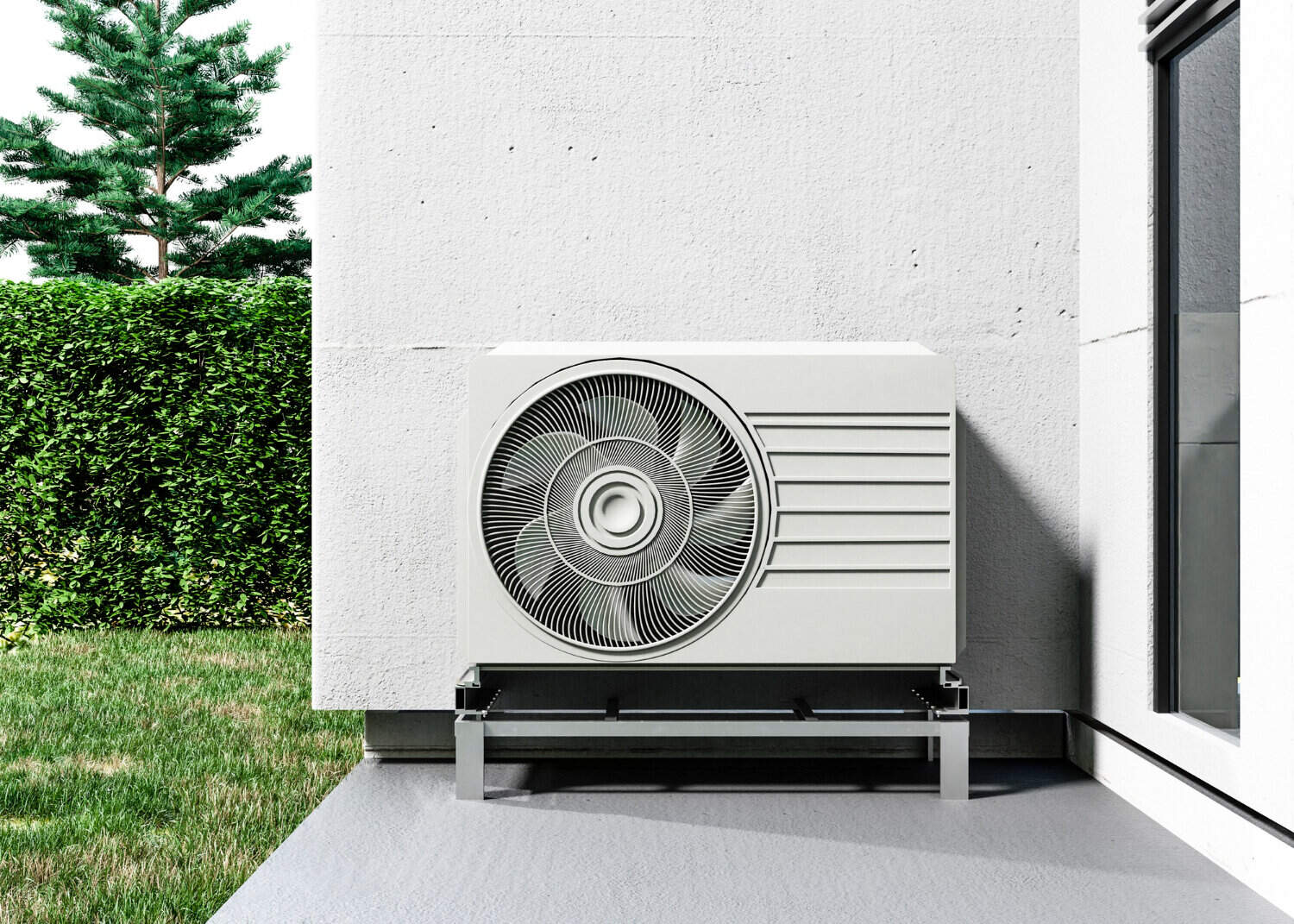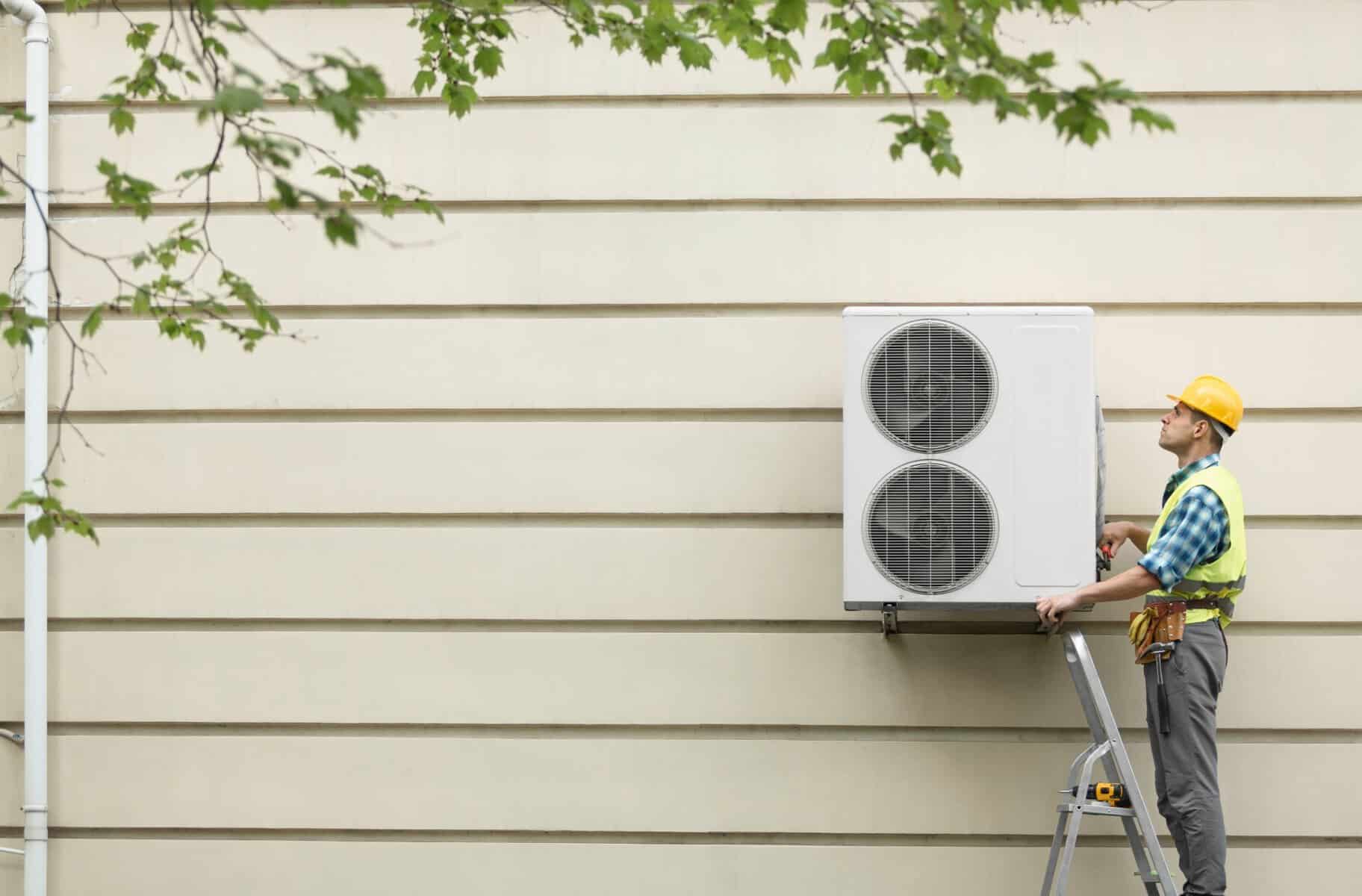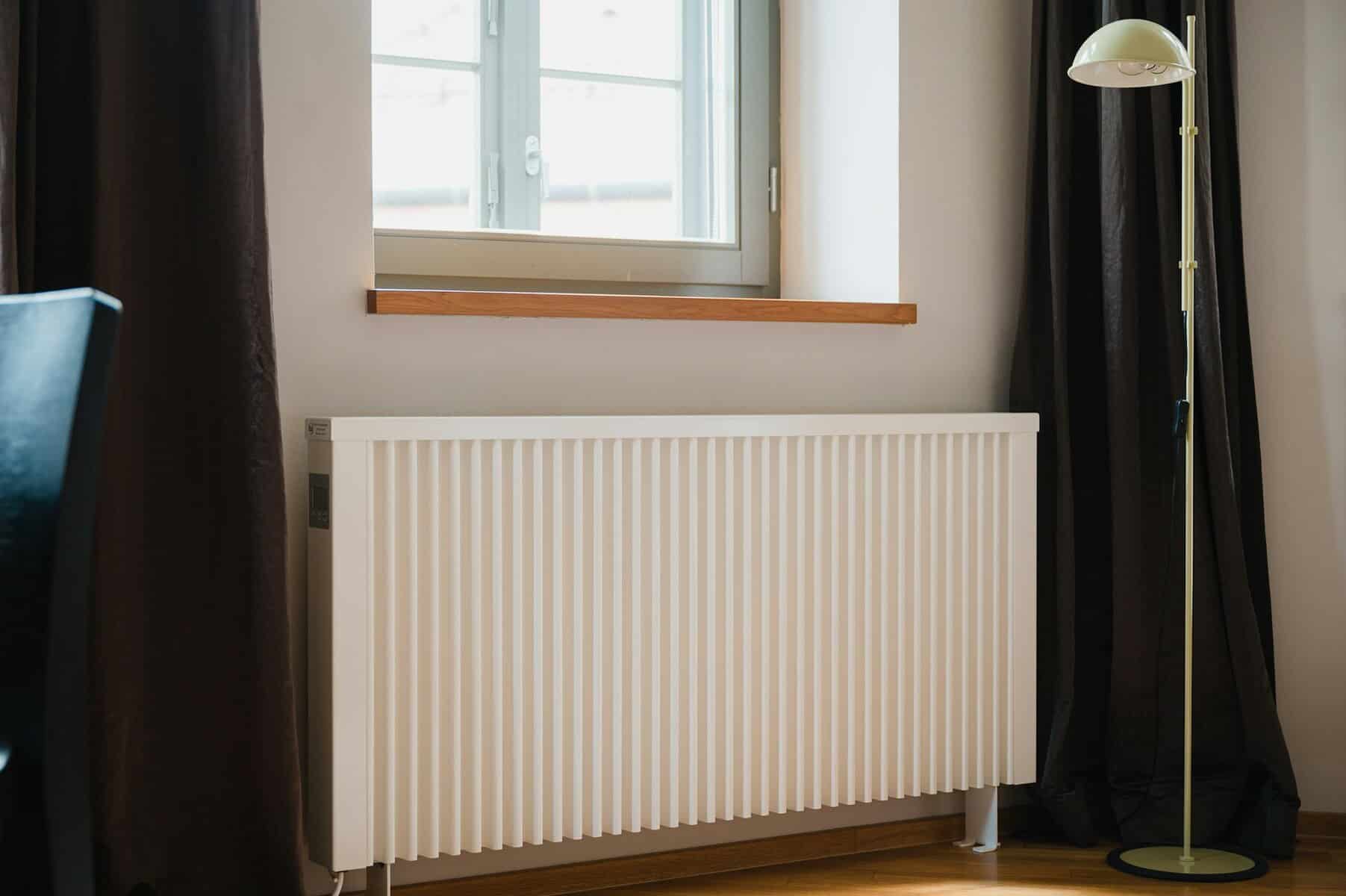Once the cold really settles into Saratoga Springs, nobody wants to be stuck in a chilly house. That’s usually when we hear from people who are suddenly having problems with their heating. Maybe the air coming out of the vents isn’t warm anymore. Maybe the living room feels way colder than the rest of the house. These are common signs something isn’t working the way it should.
When it comes to heating in Saratoga Springs, issues can show up fast once the temperature drops. And during December, when nights are long and temps stay low, those problems can’t wait. Here’s what may be going on and how fast help can make all the difference.
What Happens When Heating Breaks Down Unexpectedly
Most heating problems don’t start with something big. They often creep in through small issues that grow as the system keeps running. Blocked filters, broken thermostats, or worn-down parts can all keep warm air from reaching the rooms in your home.
We see this a lot during cold snaps when the heating system has been working overtime. You may notice:
• Cold air blowing from vents instead of heat
• One room feeling colder than the others
• Strange noises coming from the furnace
• The system turning on and off too quickly
When something feels off, it’s usually the right time to call for help. You don’t have to figure it out on your own. Heating systems have a lot of moving parts, and sometimes it just takes a quick look by someone who knows what to check.
Quick Fixes That Require a Pro
Not every heating issue means a huge repair. There are times when the fix is fast, if it’s done by someone who knows what they’re doing. Some of the most common problems we deal with during winter include faulty thermostats, frozen condensate lines, or burners that aren’t lighting properly.
These are the kinds of things we’re trained to spot and fix quickly. What we don’t suggest is poking around the system yourself. Even small problems can get worse when handled wrong. For example:
• Replacing a thermostat the wrong way can cause wiring trouble
• Repairing a pilot light without the right steps can create safety risks
• Changing components without shutting down power can damage other parts
During winter in Saratoga Springs, these calls are pretty common. We’re used to the pace of the season and understand how to respond quickly. Our job is to get your heat working again without the guesswork.
My Jockey offers 24/7 emergency repair service for heating systems of all major brands in Saratoga Springs, New York. Our vehicles are fully stocked, and we deliver same-day solutions for furnaces, heat pumps, and boilers.
When It’s Time to Look at Your Whole System
Sometimes a heating system has deeper problems that go beyond a single part. This tends to happen in older homes around Saratoga Springs, where the furnace or heat pump may be getting close to the end of its lifespan.
If you’re noticing things like:
• Heat that never quite warms the room
• Constant cycling (turning on and off a lot)
• A sudden increase in noise or odor
• Rising heating bills with no real change in temperature
Those can be signs that the entire system needs a closer look. That doesn’t mean you’ll always need a replacement, but it does mean a full inspection might be the smart next step. We pay attention to every part, ducts, fans, burners, and more, to make sure nothing slips past.
This kind of check helps us see if the problem can be solved with a new part or if your home would run better with a newer setup. Either way, it helps prevent future outages and unexpected cold nights.
Our expert techs also provide multi-point system inspections, carbon monoxide safety assessments, and replacement estimates when an upgrade is the right choice for your comfort and budget.
Staying Warm While You Wait
If your heat goes out while you’re waiting for help, there are a few easy ways to stay comfortable without trying to fix anything yourself. We know it’s tempting to dig into the system or reboot the furnace, but really, the safest and smartest plan is to hold tight and stay warm until we arrive.
Here are a few ways to stay cozy in the meantime:
• Keep doors to unused rooms closed to trap heat where you need it
• Layer up with socks, hoodies, and blankets to keep body heat in
• Use rugs or towels to block drafts around doors
• Use safe alternative heating sources like an electric space heater, but never leave it unattended
Taking small steps like these not only keeps you warm but also helps prevent bigger problems, like frozen pipes. The quicker we can look at the system, the better chance we have of fixing things before any damage spreads.
The Comfort of Knowing Help Is Nearby
Heating problems rarely show up at a good time, especially during a cold December in Saratoga Springs. But fast action can make a big difference. When something goes wrong, the most helpful first step is getting a professional to take a look. We’ve seen nearly every type of problem and know how to get systems up and running again, quickly and safely.
Dealing with heating in Saratoga Springs doesn’t have to be a stressful mess. When something doesn’t feel right, it’s okay to call for help and let someone handle the problem for you. It’s the simplest way to stay warm, stay safe, and stay comfortable all winter long.
When your home’s heat just isn’t cutting it during the Saratoga Springs winter, our team is ready to help. Every year, homeowners in our community trust My Jockey to solve heating problems, from chilly rooms to unexpected system breakdowns. Whether you need a quick fix or a more in-depth solution, we’ll take a thorough look and get your system back on track. Discover how we handle all aspects of heating in Saratoga Springs by reaching out to My Jockey today.










